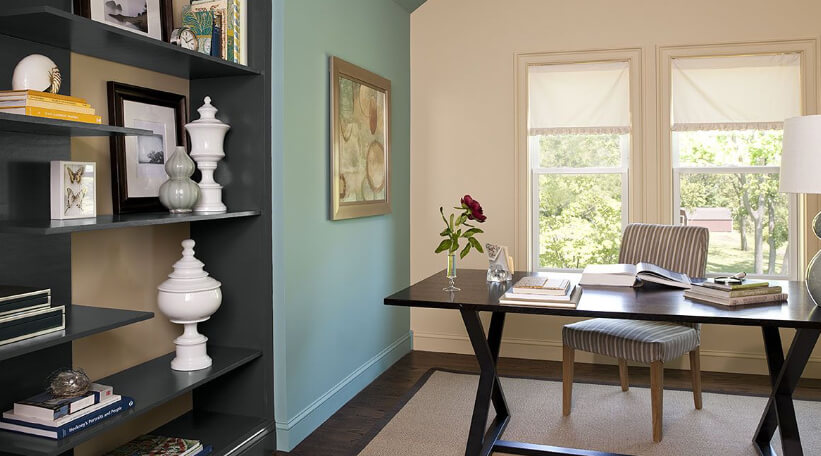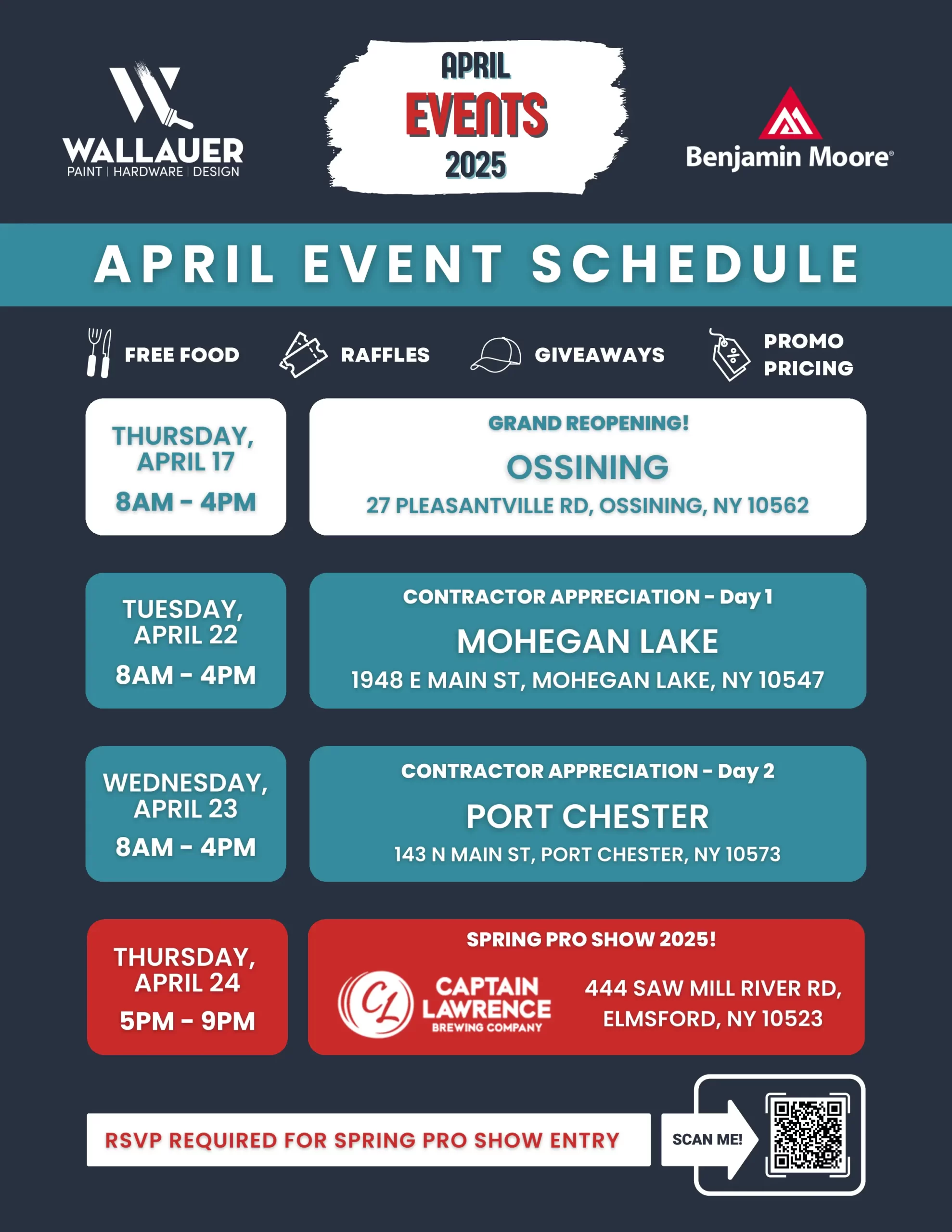Today’s home spaces have to serve more than their traditional functions.
By Tammy Adamson-McMullen
Many of us are adjusting to the “new normal” of 2020, and our homes are, too. As we work and study from home, many of our spaces are doubling or even tripling in function. This is a trend born of necessity, but it also has created some interesting ways of looking at our homes that we might never have considered and may not soon abandon.
Children’s Bedroom/Study or Play Area
Many children’s bedrooms not only are functioning as a place to sleep but one to study and play in, too. One way to accommodate these multi-functions without squeezing the room is to “go vertical” with a loft bed. This is a trend with some staying power, because it’s not only practical but also ingenious! With the bed off the floor, you have room below for a study area with a small desk, chair, shelving and artwork. The under-bed nook is perfect for a chalkboard, too, which you can create by applying chalkboard paint to the wall.
The same strategy is being used to create play areas, too. An under-bed nook is just the right size for toys, a small play table and chair and even larger play equipment, like a small playhouse. To keep the area looking tidy, install bins between the vertical bed supports. You can also hang curtains from the bottom of the bed, which will hide clutter but also create a secret hideaway for your little tyke. Choose a curtain color and pattern that coordinates with the rest of the room. Above and below the bed, use fun peel-and-stick wallpaper that suggests each area’s function, such as licensed cartoon characters beneath the bed, and the moon and stars above it.
If you have teenagers, they might also enjoy a below-bed nook to call their own, both for studying and relaxing. Place bean bag chairs or a small sofa in the nook, along with shelving for books, a study lamp, and a stand to hold their laptops and phones. Apartment dwellers have seized on this same treatment, too, not only to save space but also because it’s a statement-maker.
Guestroom/Home Office
Working from home can be challenging, especially if you don’t have a dedicated home office. But many homeowners are finding a way around this, especially if they have a guestroom or extra bedroom.
If the guestroom is small, it might require a little furniture arranging, or even replacing larger furnishings with smaller-profile pieces. But here’s another popular work-around: a Murphy bed. Murphy beds are hot right now—which started with the trend in downsizing—as are wall-mounted fold-up tables. With a Murphy bed and wall-mounted fold-up table as a desk, you can have both a guestroom and a home office without either competing with the another. When the room serves as an office, simply fold up the Murphy bed and fold down the table; when guests arrive, do the opposite.
Murphy beds, by the way, are available in many designs and price points. There are even versions that resemble cabinetry once the bed is folded away, allowing you to present a professional background for Zoom and Microsoft Teams meetings. Tip: To make the guestroom appear more spacious, paint the Murphy bed cabinetry and fold-up table in the same color as the walls.
A Corner Office
If you don’t have an extra guestroom, no worries! Home offices are being created anywhere there is room in the house—such as a corner of the den, a nook in the living room, or a section of floor space in front of a window. Simply place a small desk or chair into the area, shelving on the walls and voila! You have a new office. The space below a staircase also is ideal for a home office—you’ll find photos of this all over the internet—and can offer a bit more privacy, too. Just be sure that there are outlets nearby for electronics and lighting.
To hide away office clutter and create privacy, use a folding screen as a divider between your office and the space at large. If you purchase or make a screen with decorative fabric, wallcovering panels or painted slats, it can make a design statement and also serve as a nice background for online meetings. If you look closely at TV personalities in their home spaces, you’ll see a lot of folding screens being used for this last purpose. Additionally, folding screens are a perfect place to pin up messages, including notes for the family, such as “Quiet please; I’m working.”
If you’ve placed your office in a nook, you have another option for privacy: draperies. Install the draperies at the front of the nook and match or coordinate them with other window treatments in the room. To dress up the nook and differentiate it from the rest of the room, add some wallpaper, too. Believe it or not, wallpaper also can help you work better. Is your job stressful? Then install a wallpaper in a soothing palette and pattern. Is your job tedious and a little boring at times? Then consider a busier, more stimulating pattern in brighter colors.
Rug Dividers
Multi-function spaces aren’t complete without an area rug or two. Area rugs are trending in every room of the house and work especially well in helping to identify a space-within-a-space, such as a playroom within a kitchen, craft area within a home office, or reading nook within a bedroom. Every multi-function space can benefit from a well-placed rug, provided that the rug is the correct size: not so small that it hampers the function of the new task area, but not so large that it overtakes the rest of the room.
When choosing an area rug, pay attention to its color and style so that it enhances the décor in the rest of the room. You can place two rugs in the same room—one for the new task area and one for the room at large—but they should coordinate in some way. However, it’s popular to mix area rug textures, so feel free to place a furry rug in front of the den fireplace and a jute rug in the office in the corner.
Out of necessity, the multi-function trend has focused on making spaces work as efficiently as possible. But as time goes on, the trend is for aesthetically pleasing spaces, too. The bottom line? Don’t sacrifice function or form, so that you can enjoy your spaces for the long term.

 Interior Paints
Interior Paints Exterior Paints
Exterior Paints Primers
Primers Stains & Clears
Stains & Clears
 Paint Brushes
Paint Brushes Paint Roller
Paint Roller Paint Trays & Liners
Paint Trays & Liners



